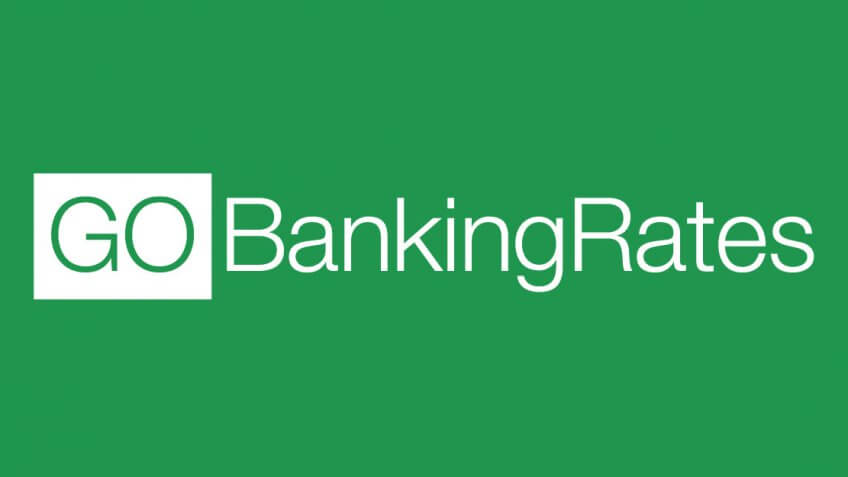How This Banking Mistake Could Cost You $1,000

Commitment to Our Readers
GOBankingRates' editorial team is committed to bringing you unbiased reviews and information. We use data-driven methodologies to evaluate financial products and services - our reviews and ratings are not influenced by advertisers. You can read more about our editorial guidelines and our products and services review methodology.

20 Years
Helping You Live Richer

Reviewed
by Experts

Trusted by
Millions of Readers
A savings account is a great place to keep your money in case you need access to quick cash for an emergency. It’s also a safe space to store your funds while you save up for a financial goal or if you’re ready to invest. But not all savings accounts are worthy of your hard-earned money.
Most traditional account banks have a very low annual percentage yield (APY), meaning you’re not earning much interest. According to the Federal Deposit Insurance Corporation, the average APY for savings accounts as of March 17, was 0.41%, which isn’t much.
However, a high-yield savings account offers a much higher APY which allows you to accrue more interest and grow your money faster.
“High-yield savings accounts can help you earn a bit on your money given where interest rates are today,” said Eric Mangold, founder and wealth manager of Argosy Wealth Management. “If you have cash parked in a savings account, you should review what APY you are earning. If it’s low, and given where rates are today, you may be able to earn 3-4% or even more on your money in a high-yield savings account.”
Not having your money in a high-yield savings account could be a costly mistake, here’s how.
Traditional Savings Account vs. a High-Yield Savings Account
It’s already been established that a traditional savings account doesn’t offer customers a high APY, but a high-yield savings account can average anywhere from 3-5%. According to U.S. News & World Report, the highest account for March 2025 is Cloudbank 24/7, with a 4.57% interest rate.
With that in mind, if you were to open an account with $24,450, in one year, you’d only earn $100.25 in interest from a traditional savings account with a 0.41% APR. However, if you put $24,450 in a high-yield savings account with a 4.5% APY, you’d earn $1,100.25 in a year. Therefore, you’d miss out on $1,000 in interest.
The Cons of a High-Yield Savings Account
A high-yield savings account will earn you more interest, but there can be a downside:
- Limits on withdrawals. While it’s easy to take out funds, there can be a limited number of times per month or year. Going over could rack up fees.
- Investing in the S&P 500 has had a bigger yearly return of 12.39% over the last decade, per U.S. News & World Report, which is more than double the 4-5% APY of a high-yield savings account.
- APY rates can fluctuate quickly depending on the market.
What to Look for with a High-Yield Savings Account
There are other factors you should consider when looking for a high-yield savings account besides the APY. Mangold suggests looking into the following:
- Is there a minimum balance you need to maintain?
- Are there any withdrawal limits?
- Does the financial institution have FDIC insurance?
- Are there account fees?
Having a savings account helps reach financial goals and depend on your needs, you could build your wealth quicker with a high-yield savings account. Research which option is best for you, and read the fine print. Make sure to shop around to see which firm has the most competitive rate for your money. Switching to a high-yield savings account is easy and a guaranteed way to rack up thousands in interest over time.
 Written by
Written by  Edited by
Edited by 

























